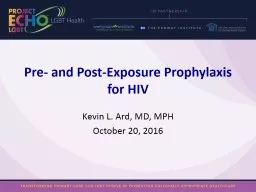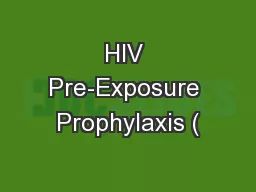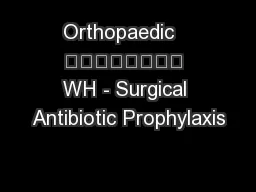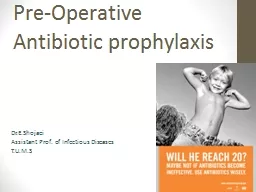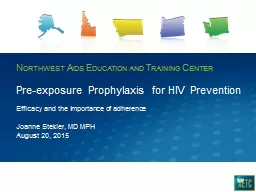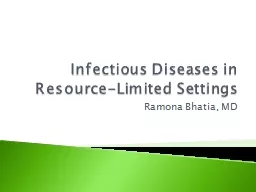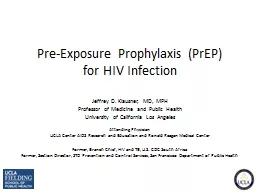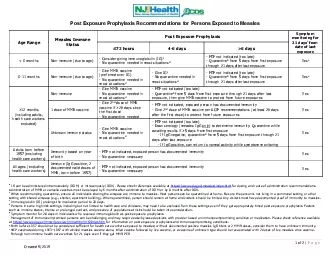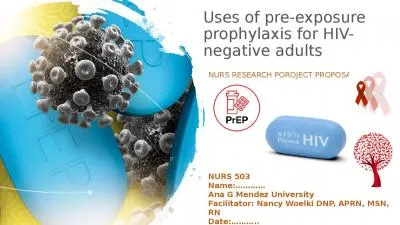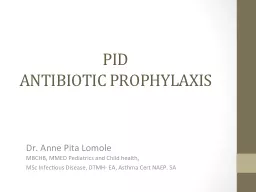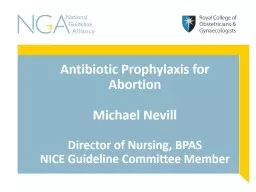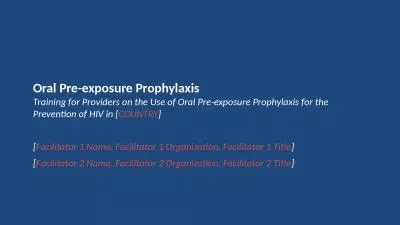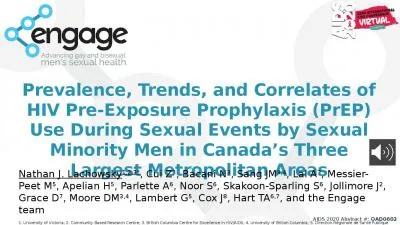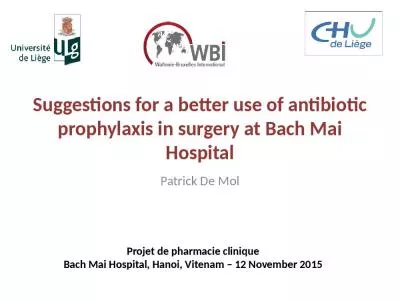PPT-Pre- and Post-Exposure Prophylaxis for HIV
Author : stefany-barnette | Published Date : 2018-11-04
Kevin L Ard MD MPH October 20 2016 Learning objectives Summarize the indications for and management of pre and postexposure prophylaxis Understand clinical uncertainties
Presentation Embed Code
Download Presentation
Download Presentation The PPT/PDF document "Pre- and Post-Exposure Prophylaxis for H..." is the property of its rightful owner. Permission is granted to download and print the materials on this website for personal, non-commercial use only, and to display it on your personal computer provided you do not modify the materials and that you retain all copyright notices contained in the materials. By downloading content from our website, you accept the terms of this agreement.
Pre- and Post-Exposure Prophylaxis for HIV: Transcript
Download Rules Of Document
"Pre- and Post-Exposure Prophylaxis for HIV"The content belongs to its owner. You may download and print it for personal use, without modification, and keep all copyright notices. By downloading, you agree to these terms.
Related Documents

